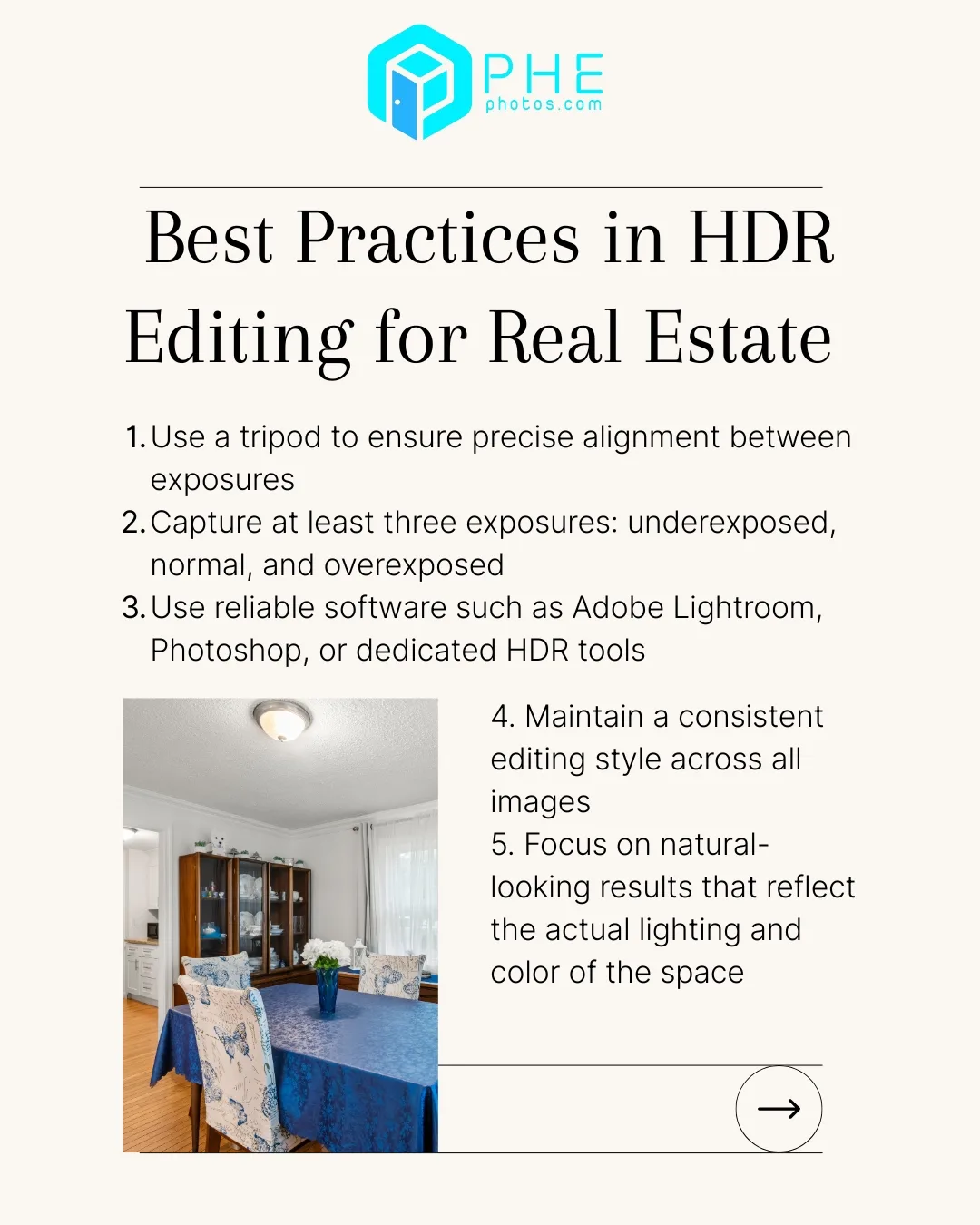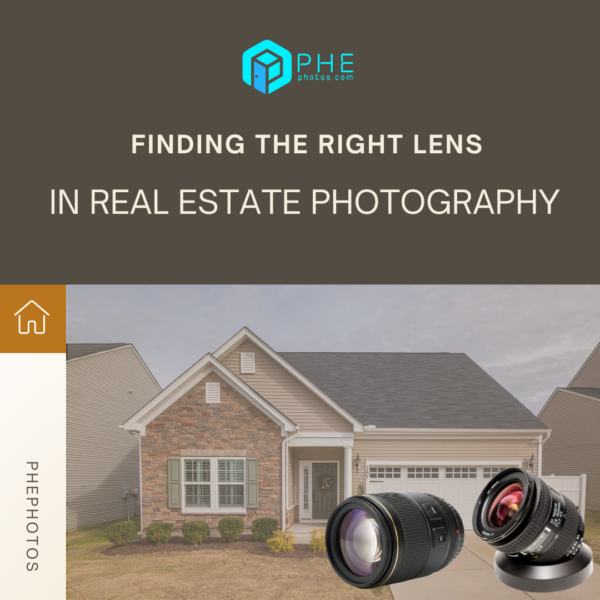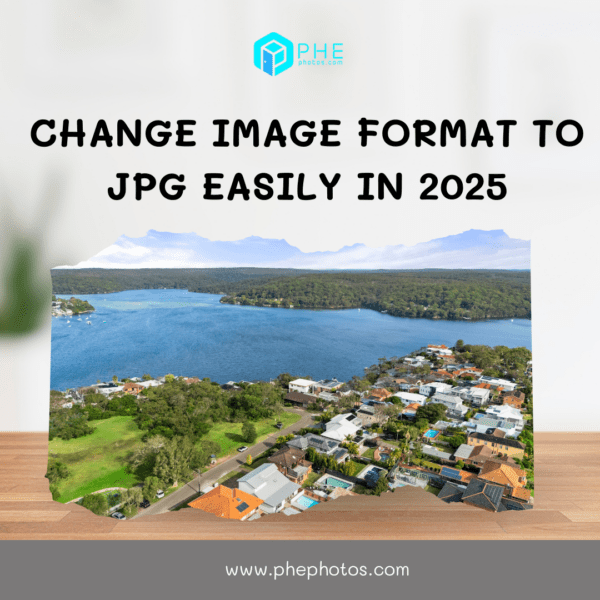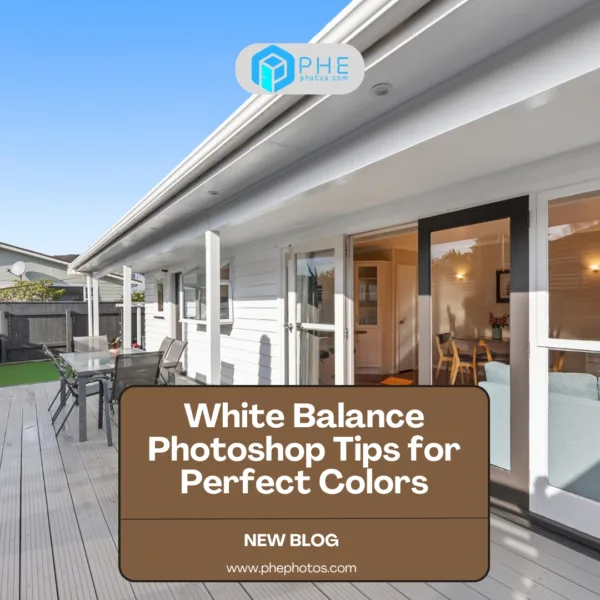HDR Real Estate Photo Editing: A Professional Approach to Property Photography
HDR real estate photo editing is an essential part of producing high-quality, market-ready images that highlight the full potential of a property. In an industry where visual presentation plays a critical role in attracting buyers and driving conversions, investing in HDR editing is not just beneficial; it is often necessary.
In this article, we will explore what HDR real estate photo editing is, why it matters, common mistakes to avoid, best practices, and how it can enhance your marketing efforts.
1. Understanding HDR in Real Estate Photography
HDR stands for High Dynamic Range. It is a photography technique that involves taking multiple shots of the same scene at different exposure levels and blending them together to achieve a balanced image. This method ensures that both the highlights and shadows are properly exposed, creating a more accurate and visually appealing result.


In real estate photography, where lighting conditions can vary greatly within a single room, HDR photo editing helps deliver consistent, professional images. However, this process requires technical precision and aesthetic judgment to avoid the common pitfalls of unnatural lighting or over-processing.
2. The Benefits of HDR Real Estate Photo Editing
HDR editing offers several significant advantages in the real estate sector:
- Enhanced detail in both bright and dark areas of a photo
- More accurate representation of a property’s interior and exterior
- Greater visual impact in online listings and marketing materials
- Reduced need for artificial lighting during the shoot


Moreover, HDR techniques can help create a cohesive set of images that showcase a property clearly and attractively. And in a highly competitive market, that can make all the difference.
3. Common Challenges and How to Overcome Them
Although HDR photo editing can dramatically improve image quality, it must be done correctly to achieve the desired results. Some of the most common issues include:
- Over-saturated colors that appear unrealistic
- Ghosting or blurring due to misaligned exposures
- Halos around windows or bright objects
- Inconsistent tone and color across different rooms
These problems can be avoided through careful alignment of exposures, consistent white balance, and restrained use of contrast and saturation tools. It is important to understand that HDR editing is not about making photos look artificial or overly dramatic, but rather about producing clear, true-to-life representations.
4. Best Practices in HDR Editing for Real Estate
To achieve the best possible outcome with HDR real estate photo editing, professionals often follow these key practices:

- Use a tripod to ensure precise alignment between exposures
- Capture at least three exposures: underexposed, normal, and overexposed
- Use reliable software such as Adobe Lightroom, Photoshop, or dedicated HDR tools
- Maintain a consistent editing style across all images
- Focus on natural-looking results that reflect the actual lighting and color of the space
By following these practices, editors can produce high-quality images that appeal to potential buyers without misleading them.
5. The Role of HDR in Real Estate Marketing
Well-edited images have a measurable impact on property marketing, and listings with professional-quality photos tend to receive more views and generate higher levels of interest. Therefore, offering HDR-enhanced photography can improve client satisfaction and increase the likelihood of a quicker sale.
However, in a competitive real estate market, quality alone is not enough. Furthermore, high-end clients and real estate agencies often expect this level of visual quality as a standard. By providing HDR photo editing as part of your service offering, you not only meet their expectations but also help distinguish your brand in a crowded marketplace.
Conclusion
HDR real estate photo editing is more than just a technical enhancement; it is a strategic investment in how a property is presented and perceived. Although this process requires both technical skill and careful attention to detail, the results are well worth the effort. By producing bright, balanced, and realistic images, professionals can elevate the perceived value of every listing and build lasting trust with clients and buyers.
In today’s digital-driven real estate market, compelling visuals are no longer optional. But HDR editing allows photographers and agencies to meet and exceed modern expectations, ensuring that every property is shown in its best light.
Read more:
Window Pull Technique in Real Estate Photo Editing: A Complete Guide
The Best Camera in Real Estate Photography: 2025’s Top Picks Explained
How to Take Real Estate Photos Like a Pro











